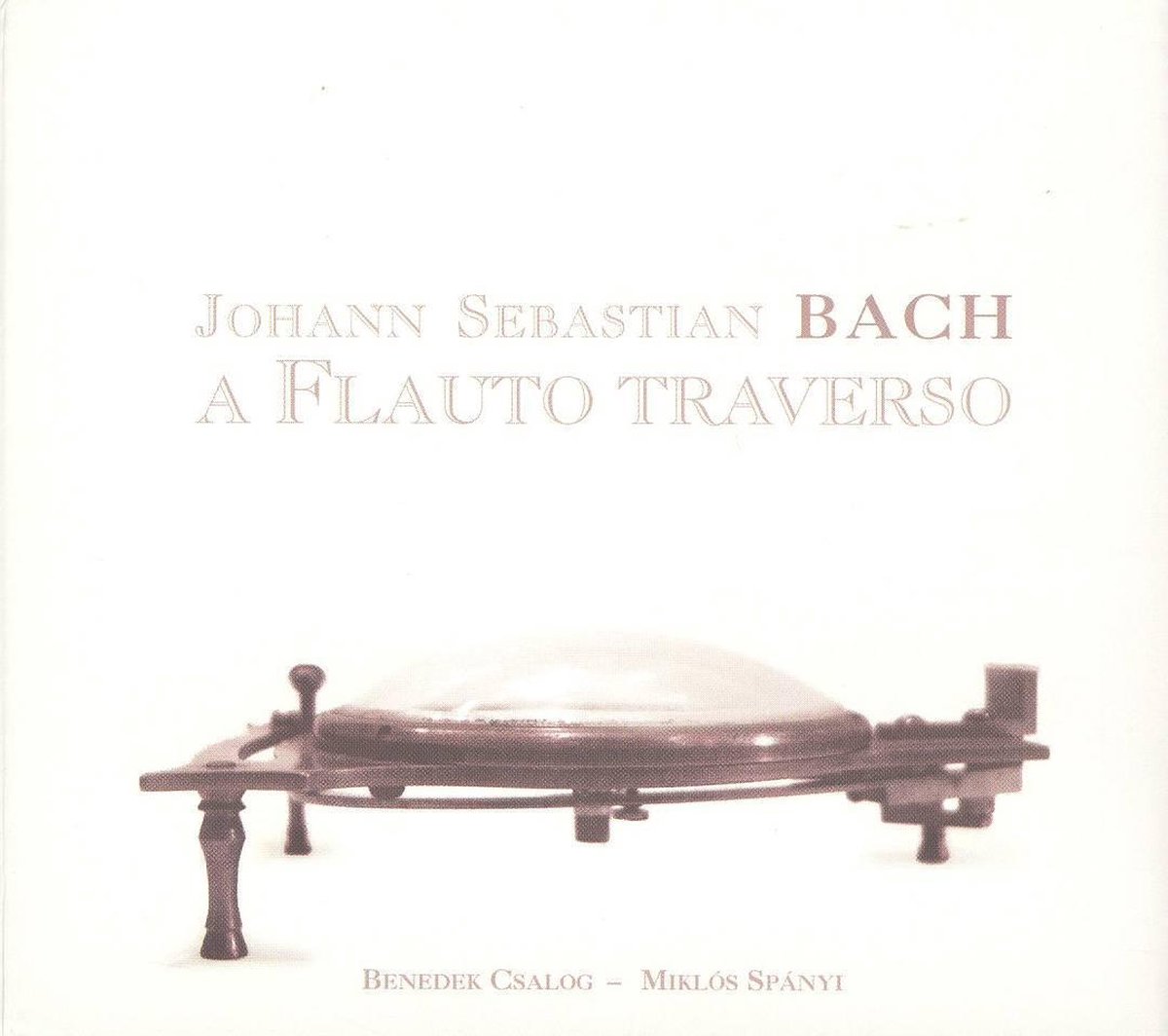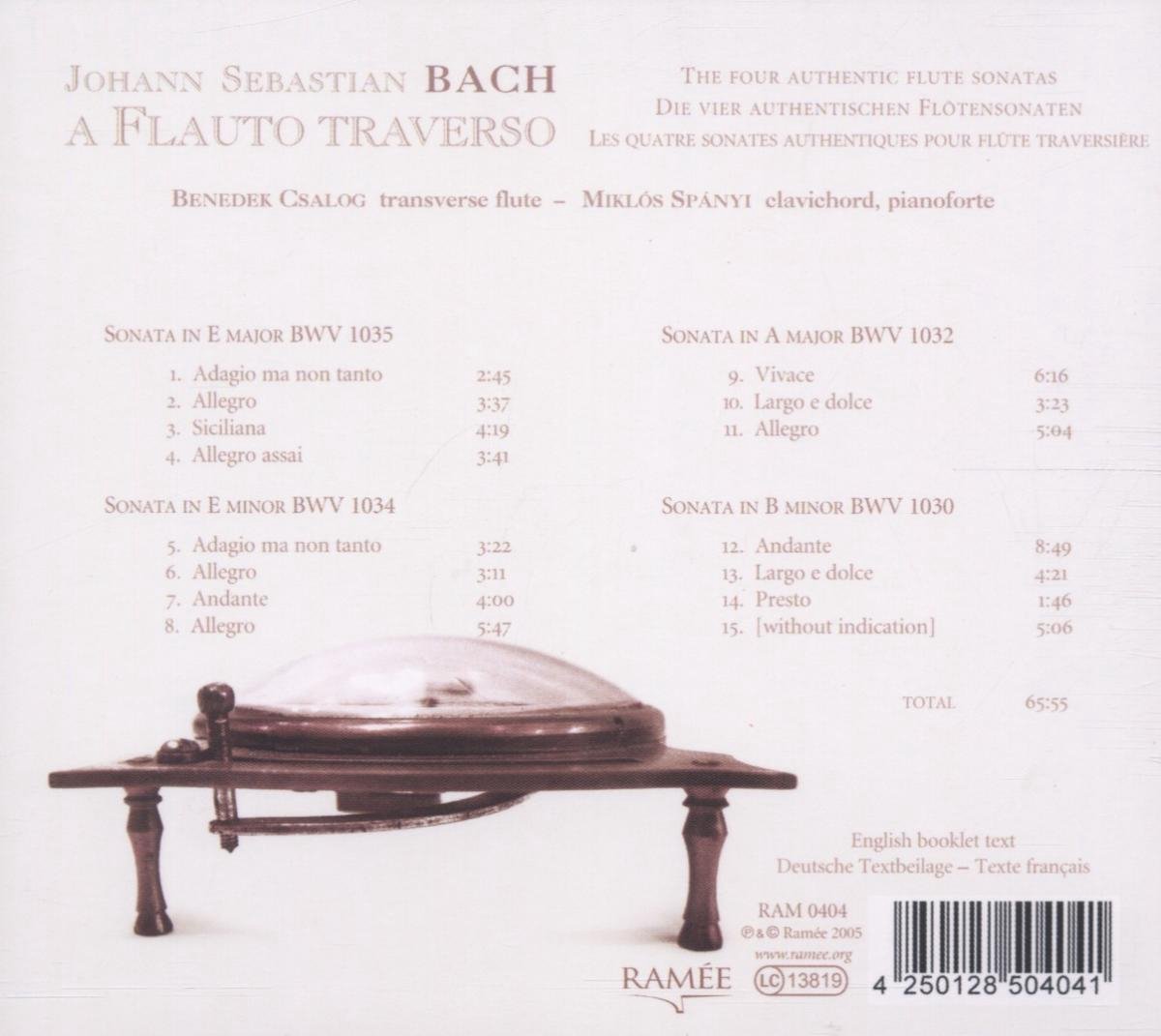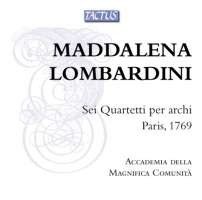
kompozytor
Bach, Johann Sebastian
tytuł
Bach: Sonates pour flute
wykonawcy
Spányi, Miklós;
Csalog, Benedek
Csalog, Benedek
nr katalogowy
RAM 0404
opis
Johann Sebastian Bach is still relatively seldom associated with the fortepiano. It is often assumed that the development of the instrument did not really begin until the second half of the 18th century. But the history of the fortepiano can be traced back to the Bach period. Recent research suggests that the early history of the fortepiano goes even further back into the past, long before Bartolomeo Cristofori's famous "invention" of hammer mechanics, i.e. possibly into the 17th or 16th century. The use of a fortepiano for the performance of Bach's chamber music works with an obbligato keyboard instrument can thus be supported both by historical and, in our opinion, musical arguments. Even then, the accompaniment of softer instruments such as the transverse flute through the harpsichord was perceived as problematic. Silbermann first tried to solve this problem with his Cembal d'amour (a clavichord-like keyboard instrument with double string length) and later with his fortepianos. The flute sonatas of Johann Sebastian Bach are very convincingly played by a Silbermann fortepiano, both in sound strength and timbre, the sound of the fortepiano and that of a transverse flute mixing almost ideally. It is difficult to name a particular type of transverse flute as the ideal one for the performance of Bach's flute sonatas - the diversity of the individual sonatas is too great. The four sonatas presented on this recording, which are certainly by Bach, do not originate from a coherent cycle and are not directly related to one another in either chronological or stylistic terms. The choice of instrument also depends not only on music-historical considerations, but above all on the general circumstances of the performance: on the acoustics of the room and on the personality and current state of the performer.
nośnik
CD
gatunek
Muzyka klasyczna
producent
Ramée
data wydania
04-07-2005
EAN / kod kreskowy
4250128504041

(Produkt nie został jeszcze oceniony)
cena 79,00 zł
lubProdukt dostepny w niewielkiej ilości.
Wysyłka w ciągu 3 dni roboczych
Darmowa wysyłka dla zamówień powyżej 300 zł!
Darmowy kurier dla zamówień powyżej 500 zł!
sprawdź koszty wysyłki




































